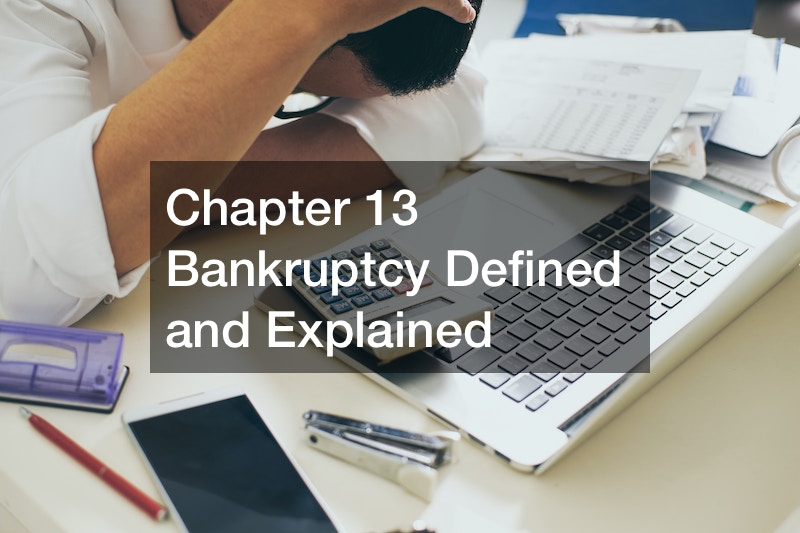
Chapter 13 bankruptcy is often referred to as a “reorganization” bankruptcy. Chapter 13 doesn’t involve asset liquidation. Instead, if you qualify for Chapter 13, you’ll be able to develop a repayment plan that allows you to repay your debts in a period of three to five years. Under Chapter 13, debtors (those filing for bankruptcy) must propose a repayment plan to the court.
This repayment plan must include all disposable income (the income left over after paying for reasonable living expenses) that the debtor expects to receive over the next three to five years.
Once the debtor has proposed a repayment plan, creditors will have an opportunity to object to the plan. If there are no objections or raised objections that can be resolved, the court will confirm the debtor’s repayment plan. Once the repayment plan is confirmed, the debtor must make all required payments on time and in full; if they fail, their case may be dismissed, and they may lose certain protections under the bankruptcy laws. While some strict eligibility requirements for Chapter 13 may exclude some individuals from qualifying, there are also some significant benefits that make this type of bankruptcy an attractive option for many debtors.

